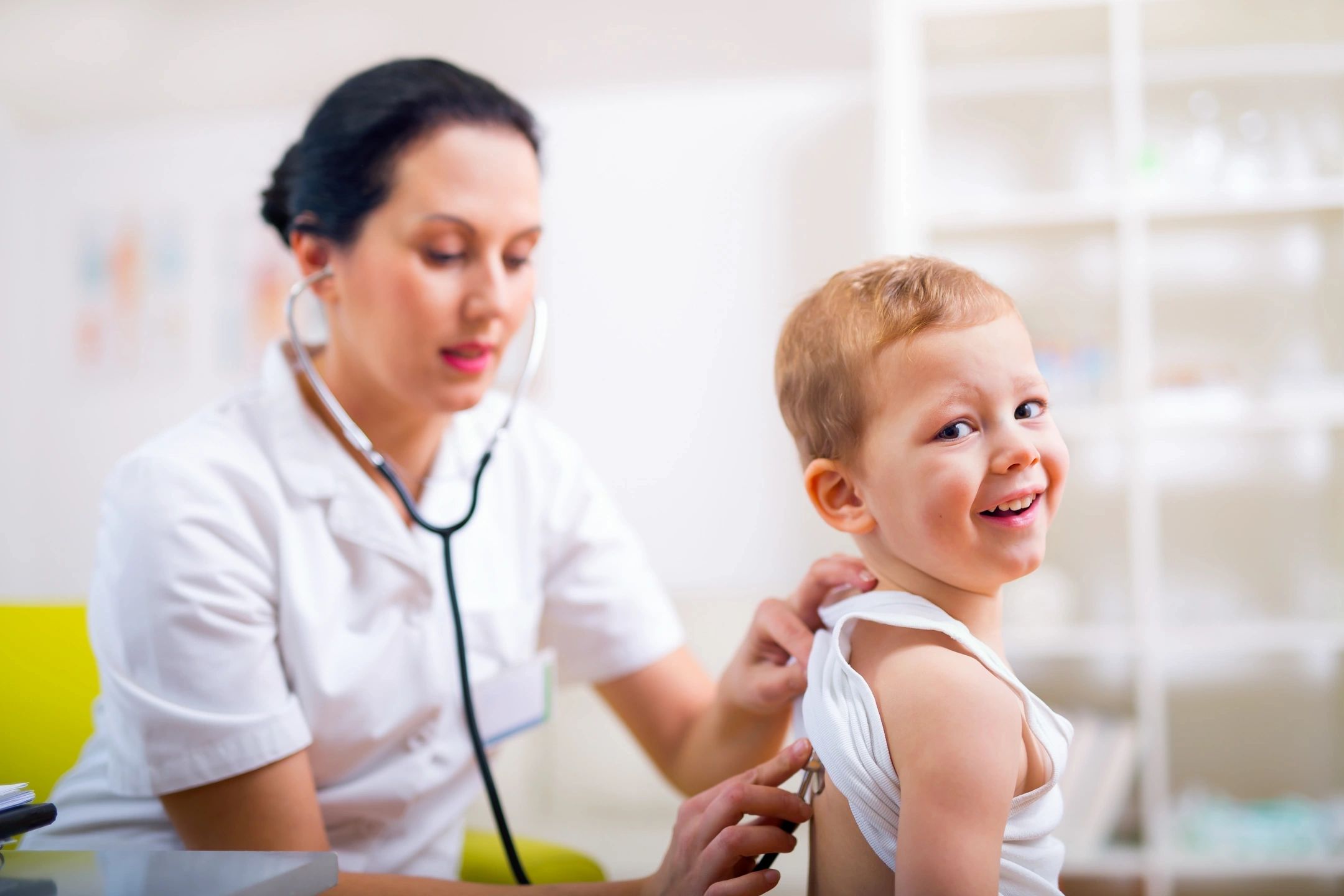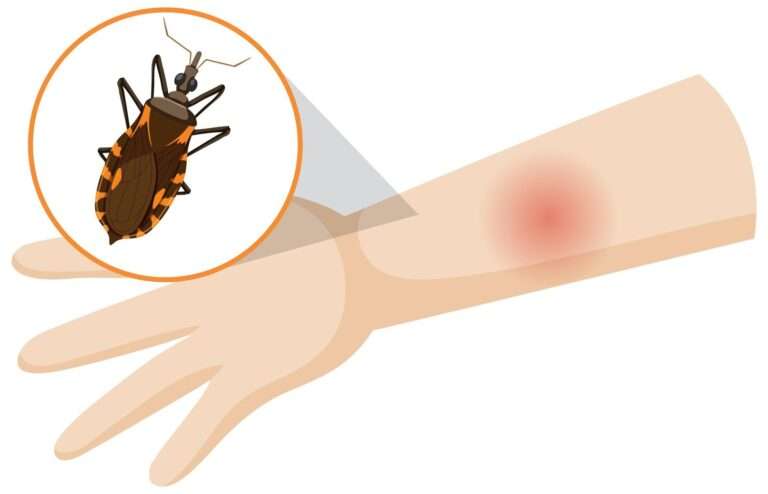Tuberculosis (TB) in children
Tuberculosis (TB) is a bacterial infection caused by Mycobacterium tuberculosis. While TB primarily affects the lungs (pulmonary TB), it can also affect other parts of the body, such as the lymph nodes, bones, and brain. TB in children, often referred to as pediatric TB, is a serious but treatable condition. Here are key points to understand about TB in children:
Transmission:
- TB is primarily transmitted through the inhalation of airborne droplets containing the TB bacteria. It is usually spread from an infectious adult with pulmonary TB to others through coughing, sneezing, or talking.
- Children can become infected with TB when they are in close contact with an infectious adult, typically within the household.
Latent TB Infection vs. Active TB Disease:
- Children exposed to TB may develop either latent TB infection (LTBI) or active TB disease:
- Latent TB Infection (LTBI): In LTBI, the child is infected with the TB bacteria but does not show symptoms and is not contagious. LTBI can progress to active TB disease in some cases.
- Active TB Disease: In active TB disease, the child becomes ill and exhibits symptoms. Active TB is contagious and requires treatment.
Symptoms:
- TB symptoms in children can vary depending on the site of infection but may include:
- Persistent cough.
- Fever.
- Weight loss or poor weight gain.
- Fatigue.
- Night sweats.
- Swelling of the lymph nodes (if extrapulmonary TB is present).
- Bone pain (if TB affects the bones).
Diagnosis:
- Diagnosing TB in children can be challenging due to the non-specific symptoms and difficulties in obtaining specimens.
- Diagnosis typically involves a combination of clinical evaluation, tuberculin skin testing (Mantoux test), chest X-ray, and microbiological tests (such as sputum culture or gastric aspirate for younger children).
Treatment:
- TB is treatable with a combination of antibiotics known as anti-TB drugs.
- Treatment for TB in children typically lasts six to nine months, depending on the form of TB (pulmonary or extrapulmonary) and the child’s age and overall health.
- Adherence to the prescribed treatment regimen is crucial to cure TB and prevent drug resistance.
Contact Tracing:
- When a child is diagnosed with TB, it is important to identify and test close contacts, including family members and classmates, to determine if they have been infected.
Prevention:
- TB prevention in children includes:
- Vaccination with the Bacillus Calmette-Guérin (BCG) vaccine in countries where it is part of the national immunization program.
- Identifying and treating adults with TB to reduce transmission within households.
Complications:
- If left untreated, TB can lead to severe complications, including organ damage and death.
TB in children is a serious public health concern, but with early diagnosis and appropriate treatment, it can be cured. Parents and caregivers should be vigilant about TB symptoms and seek medical attention promptly if they suspect their child may have TB or has been exposed to someone with TB. Adequate treatment, infection control measures, and contact tracing are essential components of TB control in children.
------------From our Sponsors------------









